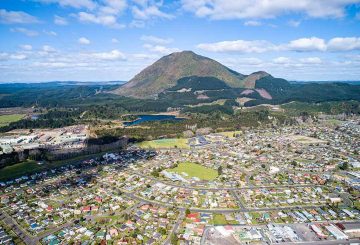리창 중국 총리가 최근 뉴질랜드를 방문하여 양국 관계에 중요한 순간을 맞이했습니다.양국은 안정적이고 생산적인 관계를 유지하는 것을 목표로 하고 있지만 그 방법은 다릅니다.중국의 공개 메시지는 야심차고 낙관적이었으며 협력 기회에 초점을 맞췄습니다.반면 뉴질랜드는 좀 더 조심스러웠고 어려운 문제를 공개적으로 다루었습니다.
이는 양측이 적극적으로 협력을 추진하던 2017년 리커창 총리의 방한과는 달라진 모습입니다.그 이후로 국제 관계는 더욱 어려워졌고 대화의 분위기도 바뀌었습니다.크리스토퍼 룩슨 뉴질랜드 총리는 이번 회담이 협력과 차이에 똑같이 초점을 맞추고 있다고 제안했습니다.
리 총리는 차이점이 교류와 협력을 방해할 수 있다는 점을 암시하면서 뉴질랜드가 비판을 완화하고 협력에 집중할 것을 독려했다.
뉴질랜드의 신중한 태도는 세 가지 이유 때문일 수 있습니다.첫째, 2008년 자유 무역 협정 덕분에 양국 간의 무역이 잘 확립되고 효과적으로 기능하고 있습니다.중국은 뉴질랜드의 최대 무역 상대국이며, 기업들은 시장 접근성을 유지하기를 원하지만 시장 노출을 확대하고 싶지는 않습니다.
둘째, 호주와 중국 간의 붕괴와 마찬가지로 관계를 잠재적으로 혼란에 빠뜨릴 수 있는 차이점이 나타났습니다.뉴질랜드는 중국의 인권 기록, 사이버 보안 문제, 외국의 간섭을 공개적으로 비판해 왔으며, 이러한 문제에는 세심한 관리가 필요합니다.
셋째, 양국은 지역 질서와 다자간 기구에 대한 견해가 다릅니다.중국의 영향력이 커지면서 뉴질랜드가 의존하고 있는 지역 안보 구조에 대한 비판도 더욱 커지고 있습니다.뉴질랜드는 새로운 안보 및 경제 단체에 대해 긍정적인 반응을 보인 반면 중국은 이에 반대했습니다.
뉴질랜드는 경제 관계 둔화를 지지하는 데 만족하고 있지만 중국은 관계를 진전시키려는 의지가 있는 것 같습니다.리 총리는 2014년에 체결한 ‘포괄적 전략적 파트너십’의 업그레이드를 요구했는데, 이는 현재의 도전을 고려할 때 지나치게 야심적일 수 있습니다.뉴질랜드의 신중한 접근은 실용적인 승리이자 양국 관계에 대한 장기적 헌신의 신호로 여겨집니다.




























































